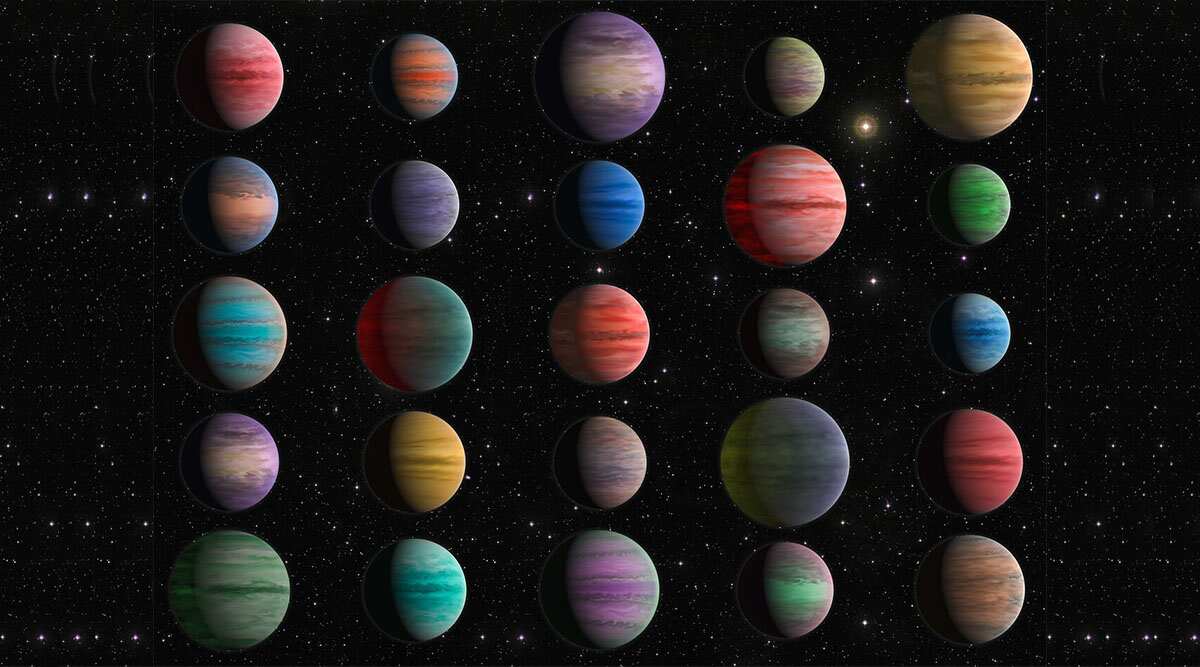A group of stargazers has dissected the Hubble Space Telescope’s perceptions of north of 25 hot Jupiters to respond to five inquiries that are fundamental for how you might interpret exoplanet climates. Hot Jupiters alludes to a class of vaporous exoplanets that are truly like Jupiter however are truly near their stars, giving them extremely high surface temperatures.
Up to this point, the field of exoplanet science has long centered around only the recognition and characterisation of exoplanets. This new review drove by analysts at University College London (UCL) utilized a lot of chronicled information to break down the climates of 25 exoplanets.
“Our paper denotes a defining moment for the field: we are currently moving from the characterisation of individual exoplanet airs to the characterisation of climatic populaces,” said Billy Edwards of the UCL, in a press statement.The group reanalysed a lot of documented information comprising of 600 hours of Hubble perceptions and 400 hours of perceptions from the Spitzer Space Telescope. This information contained shrouds for every one of the 25 exoplanets and travels for 17 of them. An overshadowing is the point at which an exoplanet passes behind its star and travels are the point at which a planet passes before its star.Many issues like the beginnings of the water on Earth, the arrangement of the Moon, and the different developmental accounts of Earth and Mars, are as yet perplexing notwithstanding our capacity to get in-situ estimations. Huge exoplanet populace studies, for example, the one we present here, target grasping those general cycles,” said Quentin Changeat, lead creator of the review, in a press articulation.
One of the vital revelations of the review was the point at which the group tracked down that the presence of metal oxides and hydrides in the most smoking exoplanet airs was associated with the environments being thermally rearranged. A thermally transformed climate alludes to one where it gets more sultry the higher you go from the outer layer of the planet; the specific inverse of the way things are on the planet.
The group found that practically all exoplanets with a thermally altered environment were incredibly hot (temperatures more than 2000 Kelvins) and that metallic oxides like titanium oxide, vanadium oxide and iron hydride are steady in the air.
As per the European Space Agency, it is trying to draw inductions from such outcomes since relationship doesn’t be guaranteed to approach causation. However, the group had the option to propose a genuinely powerful claim for why the presence of these mixtures could prompt warm reversal.
These metallic mixtures are amazing at engrossing heavenly light. The scientists suggested that exoplanets adequately hot to support these species will quite often be thermally transformed on the grounds that they can ingest such a lot of heavenly light that their upper environments heat up much more.



